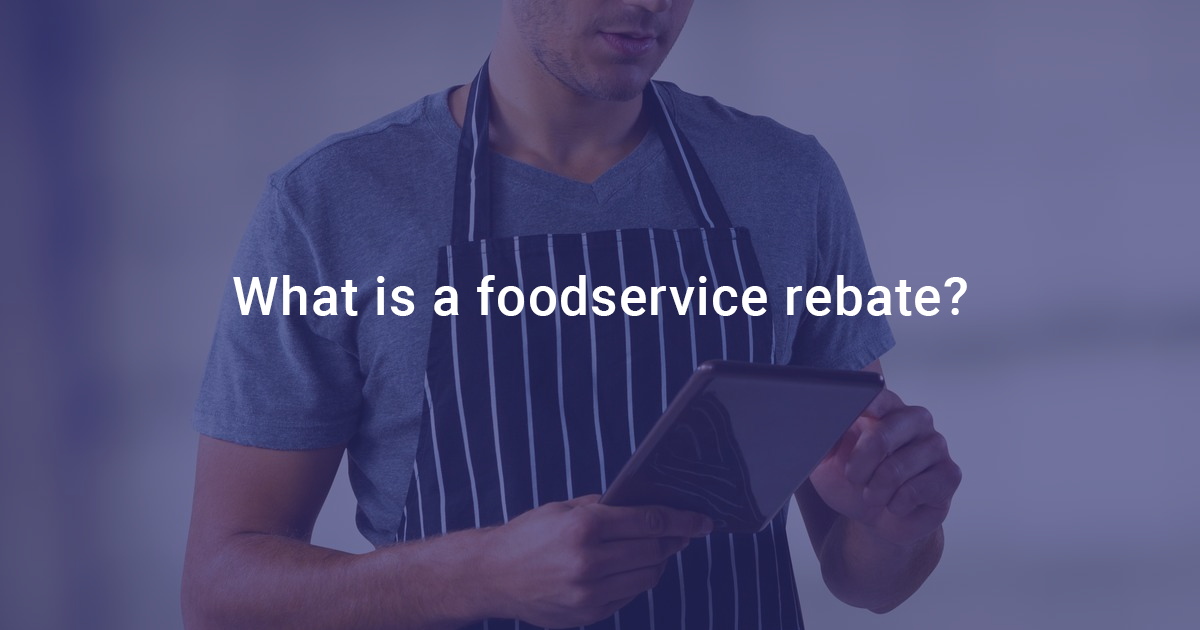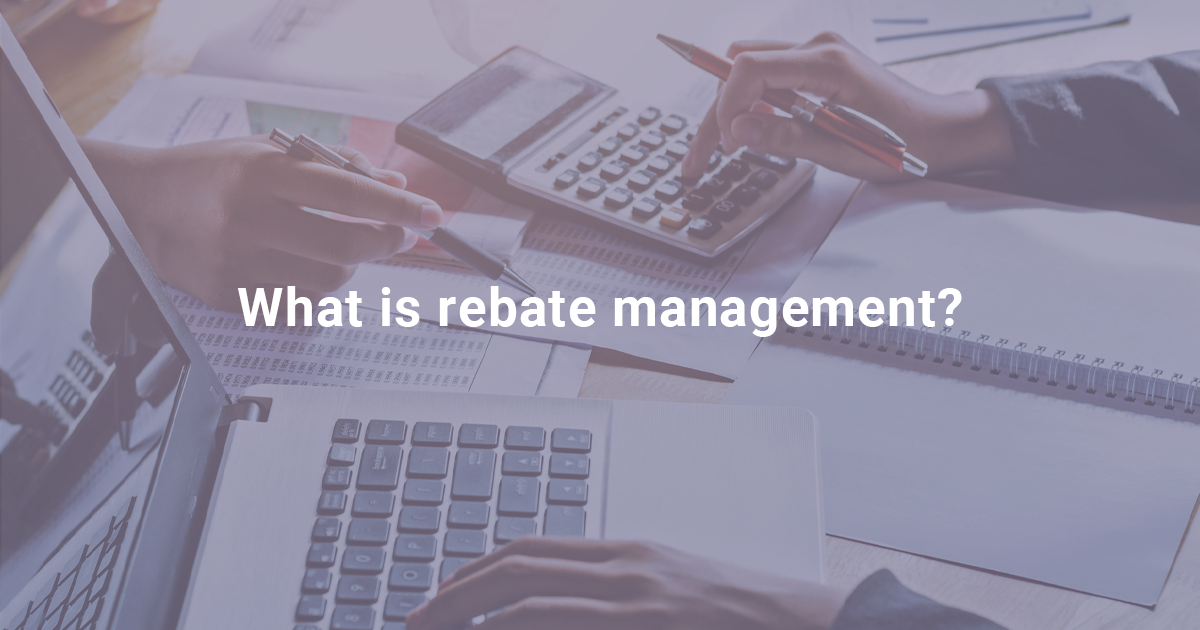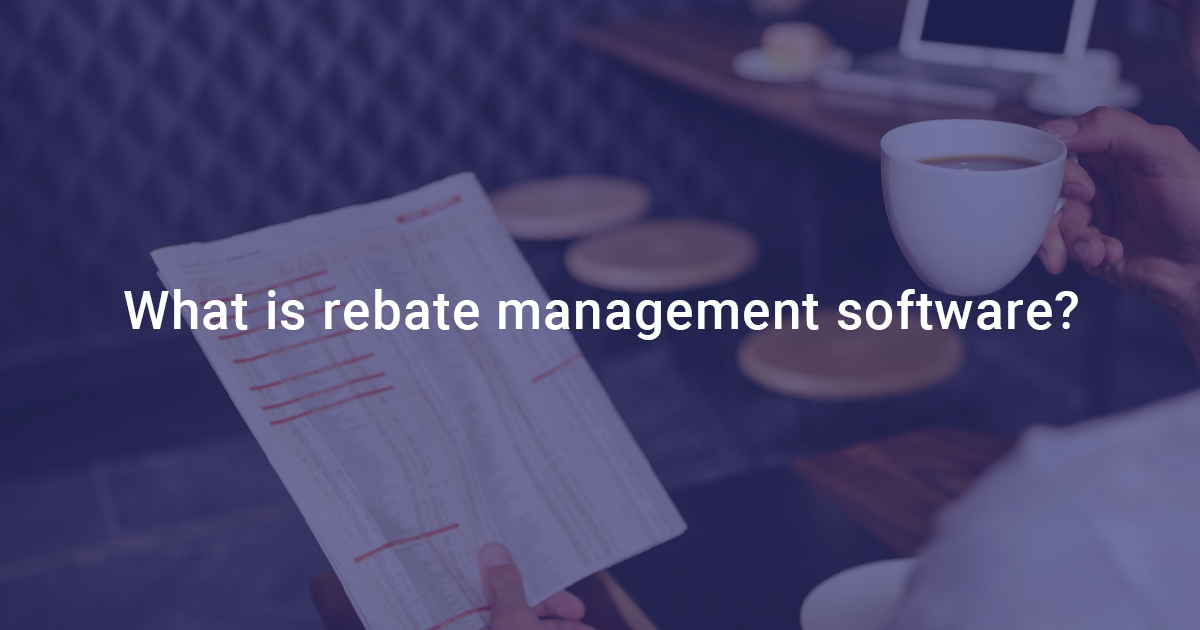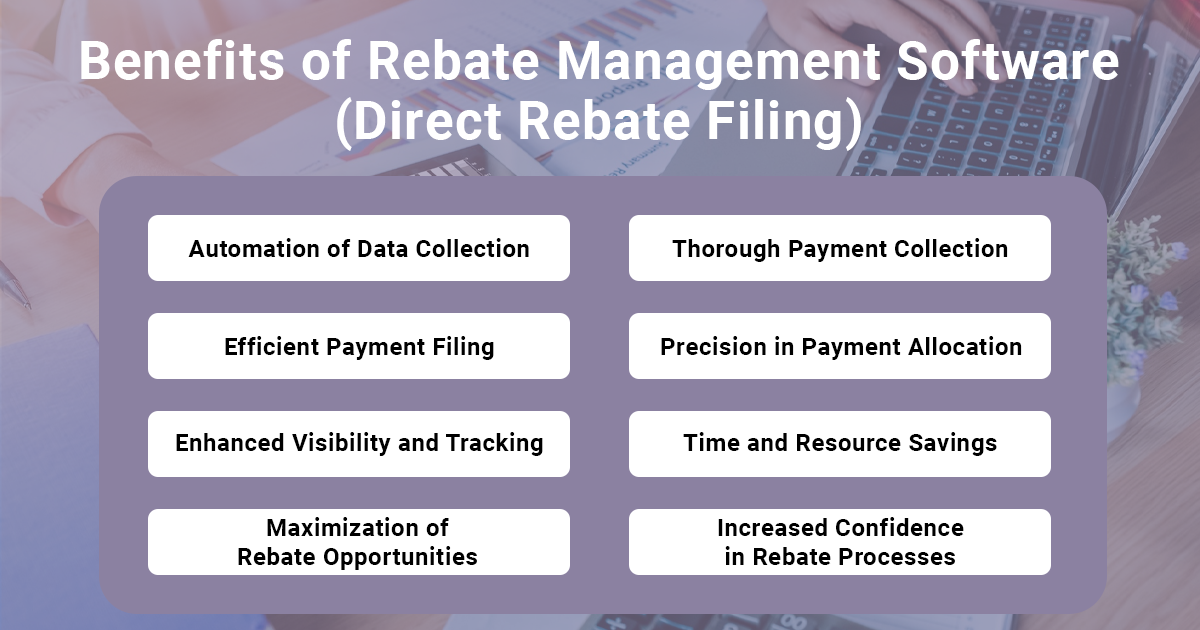Optimizing financial processes is imperative for sustained success in today’s modern business operations. Rebate management stands out as a pivotal factor in this pursuit, offering a strategic avenue to maximize profits.
From understanding the fundamentals of rebates to exploring the nuanced processes of effective management, this blog provides a concise, no-nonsense guide for foodservice operators seeking to elevate their financial strategies.







What is a rebate?
A rebate is a partial refund or return of money that has been paid for a product or service. It is a form of discount that is issued after the purchase, typically as an incentive to encourage sales or promote customer loyalty.Rebates are commonly used in various industries and can take different forms:
- Cashback Rebates: Customers receive a percentage of the purchase price back in cash or as a credit on their account. This can be offered by credit card companies or retailers.
- Manufacturer Rebates: Offered by the manufacturer of a product, these rebates are usually part of a promotional campaign. Customers receive a refund on a portion of the purchase price after submitting a proof of purchase.
- Mail-In Rebates: Customers are required to submit a form, along with proof of purchase, to the manufacturer or a third-party rebate processing center. After verification, a check or prepaid card is sent to the customer.
- Instant Rebates: The rebate is applied at the point of sale, reducing the purchase price immediately. Customers do not need to take any additional steps to receive the discount.
- Retailer Rebates: Similar to manufacturer rebates, these are offered by retailers. Customers receive a refund or discount on a product after purchase, often as part of a store promotion.

What is a foodservice rebate?
A foodservice rebate is an incentive provided by manufacturers or distributors to operators such as restaurants, hotels, and casinos, based on their purchasing behavior or participation in specific programs. For operators, these rebates can contribute to cost savings and improved profitability. The goal is to create a mutually beneficial arrangement within the foodservice supply chain.
What is rebate management?
Rebate management is the systematic process of overseeing, tracking, and administering rebates within a business framework. This manual approach often proves time-consuming, prone to errors, and can lead to challenges in ensuring that all rebates are appropriately processed.
What is the rebate management process?
The rebate management process involves a series of steps designed to effectively administer, track, and fulfill rebate agreements between suppliers and business partners. While specific processes may vary, a typical rebate management process can be outlined as follows:- Agreement Negotiation: Suppliers and business partners negotiate the terms of rebate agreements, including the criteria for eligibility, rebate amounts, and the duration of the agreement.
- Documentation and Agreement Setup: Once terms are agreed upon, documentation is created outlining the terms and conditions of the rebate agreement. This includes establishing clear guidelines for tracking eligible sales and calculating rebate amounts.
- Sales Tracking: Businesses track eligible sales transactions that meet the criteria specified in the rebate agreement. This often involves collecting and organizing data related to product sales, quantities, and customer details.
- Data Validation: Validating the accuracy of the tracked sales data is crucial. This step ensures that only eligible transactions are considered for rebate calculations, preventing errors and disputes.
- Rebate Calculation: Based on the validated sales data, rebate amounts are calculated according to the agreed-upon terms. This step may involve complex calculations depending on the nature of the rebate agreement.
- Rebate Accrual: The calculated rebate amounts are accrued or set aside for later payment. This step ensures that businesses have a clear understanding of their financial obligations related to rebates.
- Communication and Reporting: Regular communication between suppliers and partners is essential. Businesses provide updates on sales performance, rebate accruals, and any other relevant information. Reporting mechanisms are established to keep all parties informed.
- Rebate Claims and Submissions: Business partners submit rebate claims based on their performance against the agreed-upon criteria. This often involves providing documentation and proof of eligible sales.
- Verification and Approval: Suppliers verify the submitted claims to ensure they align with the terms of the agreement. Once verified, rebate claims are approved for payment.
- Payment Processing: Approved rebate amounts are processed for payment to the business partners. This step may involve issuing checks, electronic transfers, or other agreed-upon payment methods.
- Reconciliation: Regular reconciliation of rebate payments and accruals is conducted to identify and resolve any discrepancies. This ensures accuracy and transparency in the rebate management process.

What is rebate management software?
Rebate management software is a technology solution designed to streamline and automate the rebate management process for foodservice stakeholders. This advanced system empowers organizations with seamless automation, ensuring a hassle-free approach to handling rebate processes. Elevate your operational efficiency and maximize returns through the implementation of cutting-edge rebate management software like InsideTrack, designed to simplify complex tasks and enhance collaboration within the supply chain.


